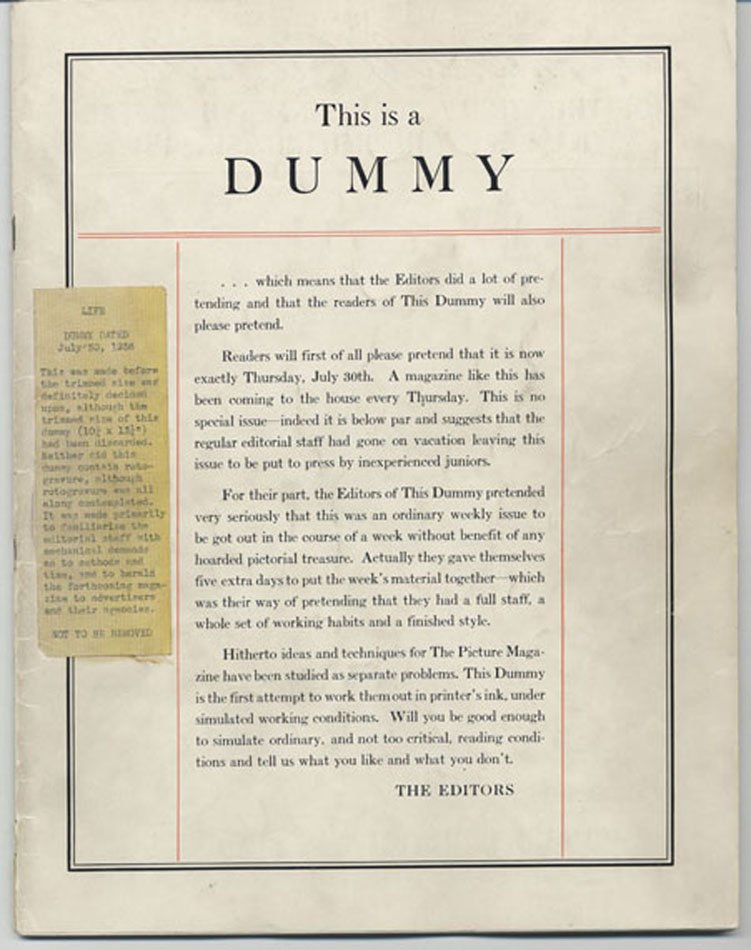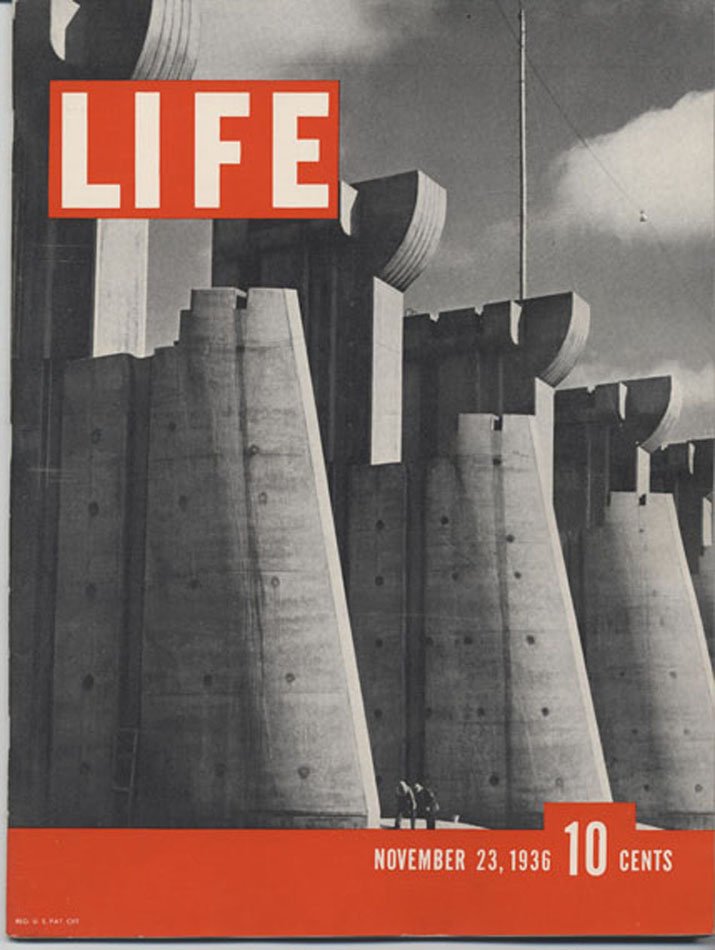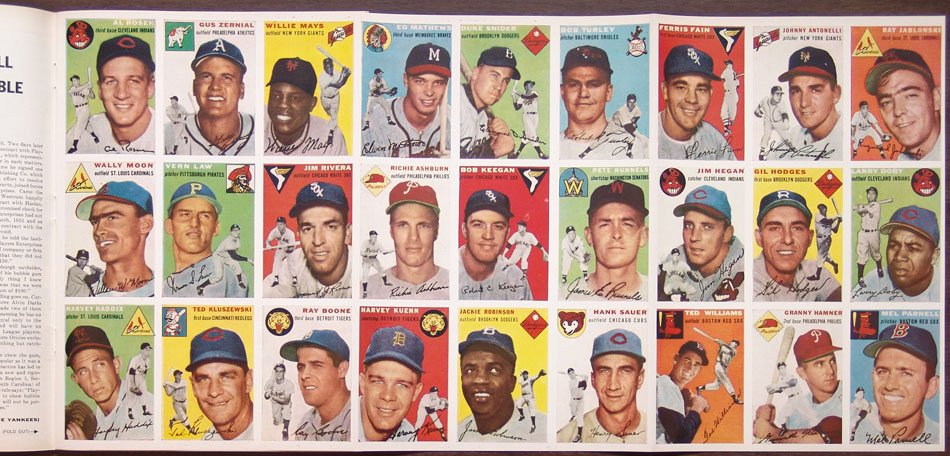Mass Market Magazines
Part 1
Although it was a giant in the printing industry, until the early 1920s RR Donnelley had little experience in one major commercial market-mass-circulation magazines. That changed when the company, which operated as a non-union "open shop," began printing the Saturday Evening Post, Christian Herald, Popular Science, and other top-selling magazines when the printers of these publications were experiencing labor strikes. RR Donnelley, which was able to keep its presses running almost without fail through these turbulent years, secured contracts with several monthlies including Motion Picture Magazine, Popular Science, Prairie Farmer, and Rotarian. While these were prized accounts, one magazine category remained elusive-the coveted weeklies that were then the mainstay of popular culture.
In 1926, when Henry R. Luce was rumored to be considering a change in printer for his news magazine, Time, which then had a circulation of 110,000, T. E. Donnelley arranged to meet with Luce to make the case for the account. T. E.'s presentation must have been convincing because as Luce wrote in a letter to T. E.: "Although heretofore your company has not specialized in magazine work...and although it has never printed a high-quality fast weekly, we have faith in your company's long and vast experience in various kinds of printing, and its pride in workmanship, its control of all the factors entering into printing, and above all its expressed desire to undertake the responsibility of printing Time." A contract for RR Donnelley to printTime was signed in October 1927.
Luce believed that Time would never exceed a circulation of more than 300,000, but by 1934 circulation had passed the 500,000 mark. By 1965 RR Donnelley was printing three million copies of each weekly issue of Time.
Part 2
Growth at RR Donnelley was unprecedented after World War II. The reinvigorated consumer market required printing of all kinds, and this meant increased runs for existing RR Donnelley clients, as well as many new ones. Time, Inc., a long-time customer, moved Fortune magazine to RR Donnelley in 1948. That same year, a new client, Cowles Communications, signed a contract with Donnelley for the printing of Look. In 1954 the company became the printer ofSports Illustrated, a new Time, Inc. magazine catering to America's growing leisure culture.
Another coup for the company was securing the printing of the National Geographic Society monthly magazine in 1959. Society president Melville Bell Grosvenor wanted to print a four-color cover (previous covers featured only type, not images). RR Donnelley worked with National Geographic to test various papers, screens, and ink formulae to find a combination of rotogravure speed and quality production. In the end, RR Donnelley was able to print, bind, and mail 2.5 million monthly full-color copies of National Geographic.
RR Donnelley salesmen successfully captured three more large accounts-Scientific American, The New Yorker, and Sunset. At Scientific American, RR Donnelley successfully convinced the editors that the company could print scientific illustrations with precision. At The New Yorker, RR Donnelley engineers met the challenge of the magazine's extremely tight closing schedule with a technology that they had been investigating since 1955-facsimile wire transmission. After much testing, William Shawn, The New Yorker's legendary editor, was able to announce that the magazine was no longer being printed in Old Greenwich, Connecticut, but in Chicago, Illinois. The third major coup was Sunset magazine, which was published in San Francisco.Sunset's owner, Lane Publishing Company, was skeptical that the magazine could be produced in Chicago and distributed on the West Coast on time and for a reasonable price, but RR Donnelley once again overcame every objection. By the end of 1964, all three magazines were in production at RR Donnelley.




